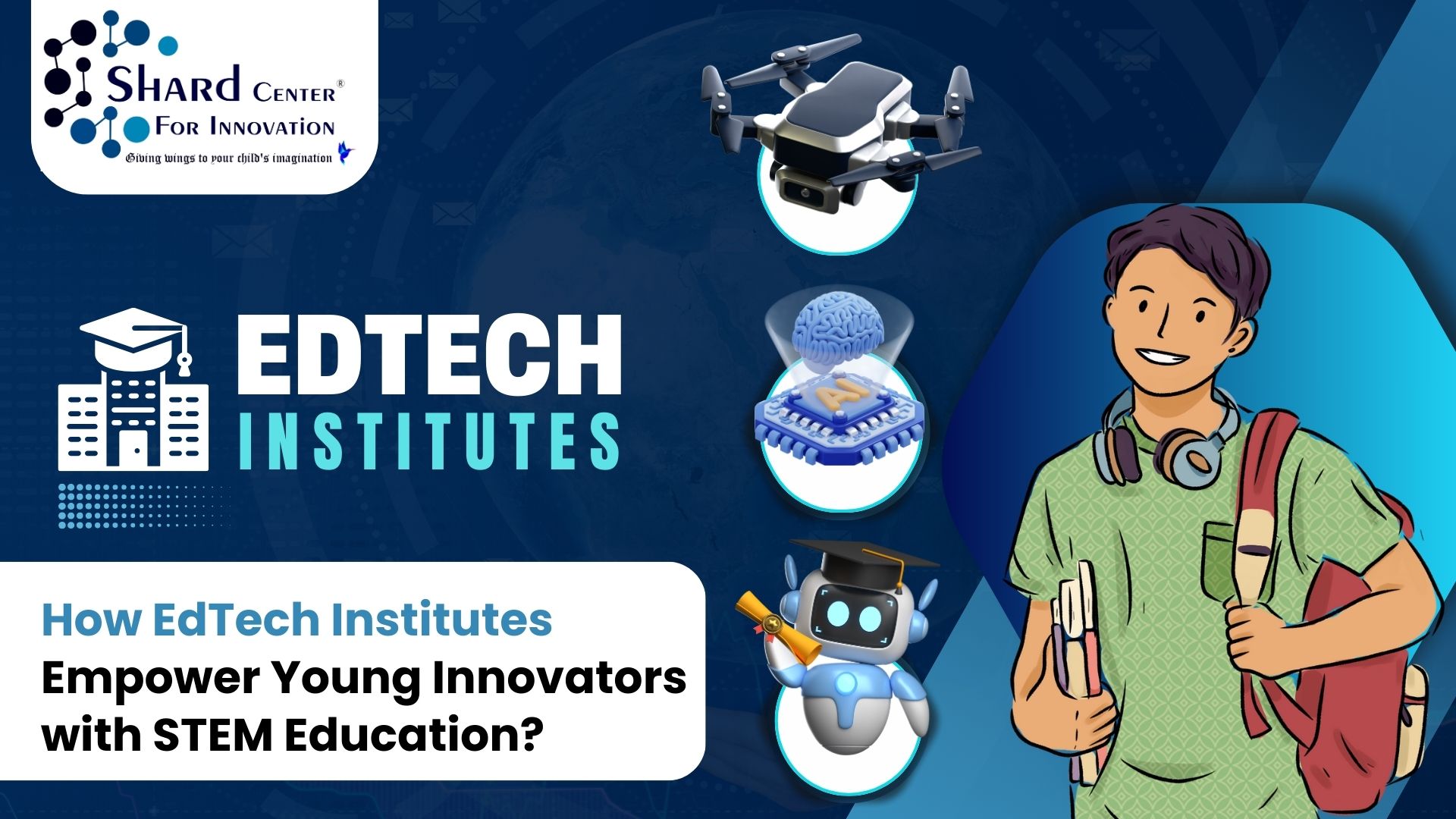Every child is a curious problem-solver waiting to be discovered. The rise of STEM education has shown that kids in India can think like engineers, scientists, and inventors with a little assistance. Nowadays, it is no longer a choice to study robotics, coding, and practical science, but a necessity. EdTech institutes come up with structured courses and AI education for kids in India and interactive learning methods that spark creativity.
This blog discusses the benefits of such schools in nurturing young innovators and why the choice of the right school is important for the promising future of your child.
STEM Education: Building the Foundation for Innovation
STEM stands for Science, Technology, Engineering, and Mathematics. These topics enable the children to think rationally and creatively. Early start allows children to pose questions, experiment, and answer problems independently.
STEM can be practiced in EdTech schools by transforming lessons into practical projects. To give an example, constructing a robot is not fun; it is also about learning to code, solve problems, and collaborate.
This approach makes STEM learning exciting instead of overwhelming. It shows children that science and math are not abstract; they are tools they can use to shape their world.
How EdTech Institutes Make STEM Learning Accessible
Traditional schools lack the time and resources to use in personalized learning of STEM. This is solved by EdTech schools developing age-specific programs. Simple things that little kids can do include mixing colors or block play. For older students, it can grow into structured lessons in robotics and AI courses for kids in India.
Some institutes even extend learning beyond the classroom through after-school clubs and home-based STEM kits. Online platforms make it possible for children to joinrobotics classes for beginnerswithout geographical limitations.
EdTech schools provide flexible alternatives so that kids can study at their own pace with experts assisting them.
Role of Shard Center and EdTech in Nurturing Young Talent
At SCIL, the goal is clear: to provide each child with the skills of tomorrow. We assist schools in introducing STEM into the lessons with special classes and franchise opportunities. Other skills developed are curiosity and confidence, not only technical skills.
SCIL offers programs like:
Robotics courses for beginnersthat make algorithms and design simple.
AI learning modules that introduce advanced ideas in child-friendly ways.
Workshops and activities that combine fun with skill-building.
We integrate creativity, safety, and systematic learning such that students apply their learning in actual life.
The Bigger Picture: Preparing Students for the Future
STEM education provides children with better grades than traditional education. It develops resilience, elasticity, and confidence to confront future issues. With increased automation and AI usage in jobs, early STEM projects may result in a career in technology, data science, or building a business.
Early STEM parents provide children with an added benefit over school. They provide them with the tools to think in new ways, to be creative in solving problems, and to come up with solutions that can suit them. It enables all children to convert curiosity into invention in schools.
By the time your child reaches high school, they have a different perspective on the world. They will not only use the technology but also build one. They can be a part of the next biggest AI revolution or invent something that solves the problem of the masses.
Conclusion
STEM education prepares children for more than just academic success. It equips them with resilience, adaptability, and the confidence to face future challenges. With industries relying more on automation and AI, the skills learned in early STEM projects for school students can later translate into career opportunities in technology, data science, or entrepreneurship.
With institutes like SCIL, the journey from curiosity to innovation becomes accessible for every child.
Frequently Asked Questions
Q1. At what age should children start STEM education?
Ans. Children as young as 4-5 can begin with the simple STEM tasks like puzzles and building blocks.
Q2. What are the roles of robotics in early learning?
Ans. Robotics develops problem-solving, logical thinking, and creativity, as well as making the process of learning enjoyable.
Q3. How is SCIL different from other providers of STEM?
Ans. SCIL focuses on systematized robotics and AI education, activities, and assistance in opening franchises by schools.
Q4. Is STEM education helpful in expanding career opportunities?
Ans. Yes, STEM learning develops critical thinking and innovation capabilities that will be required in AI and robotics, as well as data science, in future employment.
Related Blogs:
- What is the Scope of the IoT Course for Beginners in India?
- Robotics Course for Beginners: Key Concepts in Algorithms, Design & Safety Explained
- Is a Data Science Course the Key to Succeeding in Business Analysis?
- Artificial Intelligence Program in Delhi: For Kids, Professionals & Beginners
- Top 5 Benefits of Learning AI and ML Courses for Kids
- What is Data Science? How to Become a Data Scientist in India?
